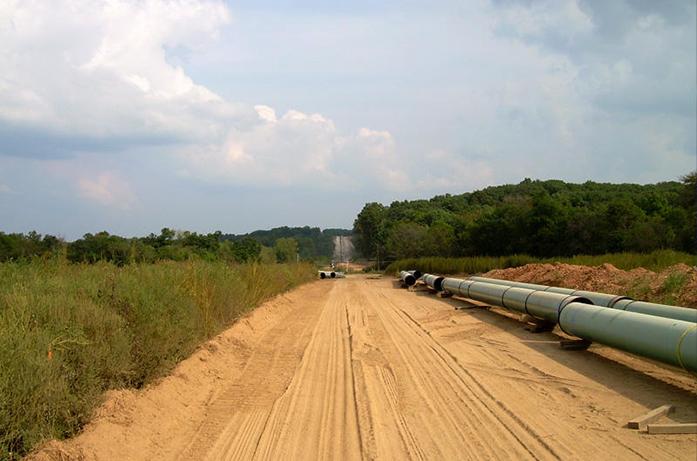By Dot Armstrong
Former President Barack Obama’s leftover policies and President Trump’s mania for systemic revision have been performing a lurching tango in the White House ever since January. It’s been a continuous, clumsy exercise in contradiction: Where the Obama administration took one step forward, Trump takes 10 backwards. A particularly striking reversal arrived with Trump’s recent thumbs-up on the Keystone XL Pipeline: He gave the go-ahead, despite years of protests against Keystone and Obama’s stalwart resistance to the project. As in the Dakota Access Pipeline decision, Trump defied the opposition with blithe swiftness and inaccurate claims.He advertised the copious employment opportunities produced by the Keystone Pipeline. However, his estimates are pretty far off — as usual. Forbes and Business Insider report initial pipeline construction would employ around 3,900 people, much lower than the president’s projected 28,000. And such construction isn’t a permanent source of work by any means. After a couple years, the jobs dwindle to approximately 35 positions.
To review: The Keystone Pipeline, backed by TransCanada, would deliver Canadian tar-sands oil from Morgan, Montana, to Steele City, Nebraska. That’s 875 miles. The trajectory provides a more direct route from oil fields in Alberta to refineries in Texas. Though the supporters of Keystone argue that transporting oil by pipeline will prove safer than transporting the substance by truck or train, pipeline spills are relatively common. The Pipeline and Hazardous Materials Safety Administration’s records of “serious” and “significant” transportation incidents over the past 20 years adds up to 6,508. Waterways, farmlands, residential areas, and recreational nature preserves in areas near the pipeline are all vulnerable to pollution from faults in pipelines. Crude-oil spills present significant hazards to environmental health — and they aren’t easy to clean up.
Remember the general outcry over serious environmental risks courted by the Keystone Pipeline? The protesters went home (or reassembled at Standing Rock); the concern remains. Tar-sands oil, or bitumen, is still dirty and difficult to extract. To get the bitumen to Texas refineries, Alberta companies must first clear huge swaths of boreal forest to mine the sand that contains the oil. Then, the bitumen is soaked with water from the Athabascan River so it flows smoothly through the pipeline. This process creates large amounts of poisonous waste water, which sits in “tailing ponds” and seeps into local environments. The bitumen itself also produces waste, in the form of vapors; as a recent study in Nature proved, the total emissions from bitumen vapor mirror the amount of pollution in metropolises such as Los Angeles. In addition to toxic smog from bitumen extraction, the refining process in Texas produces “petcoke,” a noxious dust used as a coal substitute. Once refined, of course, that Canadian oil will be burned — adding about 22 billion tons of carbon to the atmosphere.
Whatever issue dredged up with the Alberta bitumen you believe to be most pressing — employment, national investments, resource management, pollution, anthropogenic climate change — the Keystone XL Pipeline only offers negative outcomes. But hope lives yet in the sluggish pace of bureaucracy. The pipeline cannot enter the actual construction phase until the Nebraska Public Service Commission also approves. Trump’s zeal for pipeline construction — though a grave misstep — is, at least, slow to descend.



